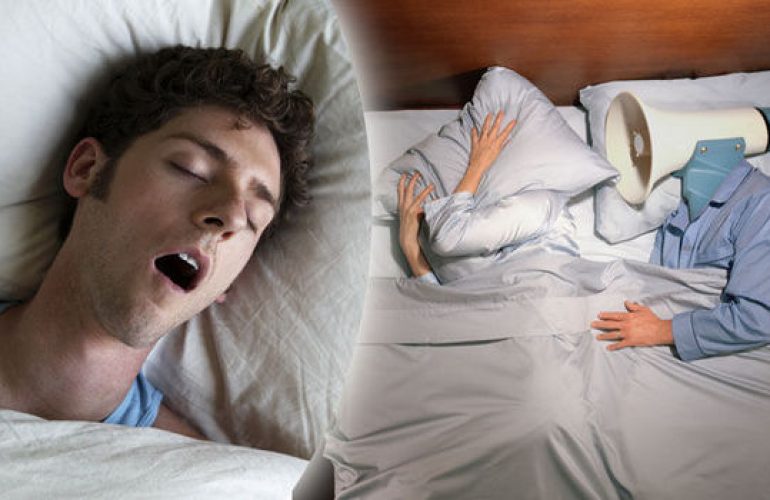Snoring is characterized by a rattling or snorting sound that is produced by a person when they are asleep and is related with their breathing. The vibrating of the soft palate and other soft tissues of the mouth, nose, or throat causes the production of this sound. Snoring may be quiet and uncommon at times, while it can be loud and regular at other times, depending on the person. Snoring may be classified according to certain characteristics, and the level of snoring severity grows as the grade increases. If you want to purchase any anti-snoring devices, visit https://www.muscleandfitness.com/features/feature-gear/best-anti-snoring-devices/.
What is snoring?
When the volume of the sound is taken into consideration, three distinct noises are found to be connected with snoring. The length of time that each sound lasts is determined by the vibrating tissue. Therefore, the sound that is produced by the vibration of the soft palate is the longest, followed in length by the epiglottal snoring and the sound produced by the base of the tongue. It is essential to keep in mind that obstructive sleep apnea (OSA) is characterized by the simultaneous occurrence of these noises in conjunction with varying degrees of complexity.
How snoring really works
When someone snores, various sorts of sounds are produced because different areas of the throat vibrate at different frequencies. The sound has a nasal tone to it and a softer quality when the soft tissue of the nasopharynx is involved. In contrast, a guttural and harsh snoring that is often throaty is produced when the soft palate and uvula vibrate during sleep. In the vast majority of people who snore, the vibration occurs in more than one place. Snoring is another potential side effect of a swollen tonsil.
Snoring is at its most intense during stage 4, often known as deep sleep, which typically begins around an hour and a half after the beginning of the sleep cycle. Snoring is also affected by the posture of the person who is doing the breathing; typically, the loudest noises are produced when the person is laying in the supine position. The sound takes place at the stage known as the inspiration stage.
Relaxation of the throat and airway muscles is one of the effects that sleep has on the body’s muscles. This results in the airways being more constricted, which in turn accelerates the speed at which air moves out of the lungs during expiration and affects the air pressure inside the air passages. This, in turn, leads the walls of the airways to compress slightly inwards, which enhances soft tissue vibration as a result of the inrush of air during the subsequent inspiration.






